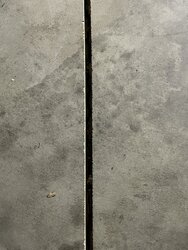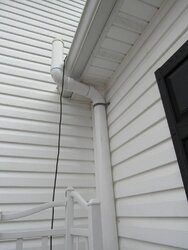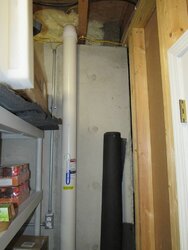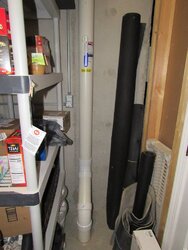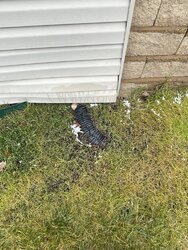I'd definitely say get a second opinion. Bare minimum, put your detector in a space where radon would be expected near zero (above ground, outdoors, fresh air, garage, shed, attic, etc) and see what it says. Assuming we're talking picocuries/L (pCi/L) long term average? I think the EPA action level is 4 pCi/L, you are reporting 14 - so that is more in the 'tear down the house and open up the uranium mine' level. OK - maybe not so drastic, but definitely worthy of a second opinion / cross check. Also, be sure the detector is not near any natural sources of radiation... granite, concrete, metal, fluorescent lights, dinnerware / clay / ceramic items, bananas, brazil nuts, camping lanterns, anything with a glowing dial/face, smoke detectors, etc.
Guess I could see the OAK as helping or hurting:
With the OAK, you're bringing in outside air for combustion, so no net air changes in the house, and you're not 'pulling radon in'. Though this could be allowing radon to build up naturally by leaking through cracks, pipes, sump pump, etc.
If you do away with the OAK, you will pull a slight negative pressure, but a burning stove will exchange all the air in a decent sized room every few hours. So if that negative pressure is met by some non-radon source, (slight leaks at windows, doors, etc) and the basement floor is essentially sealed, you could actually be 'freshening' the air. Though if the negative pressure is met by cracks in the basement floor, it could be pulling in even more radon.



